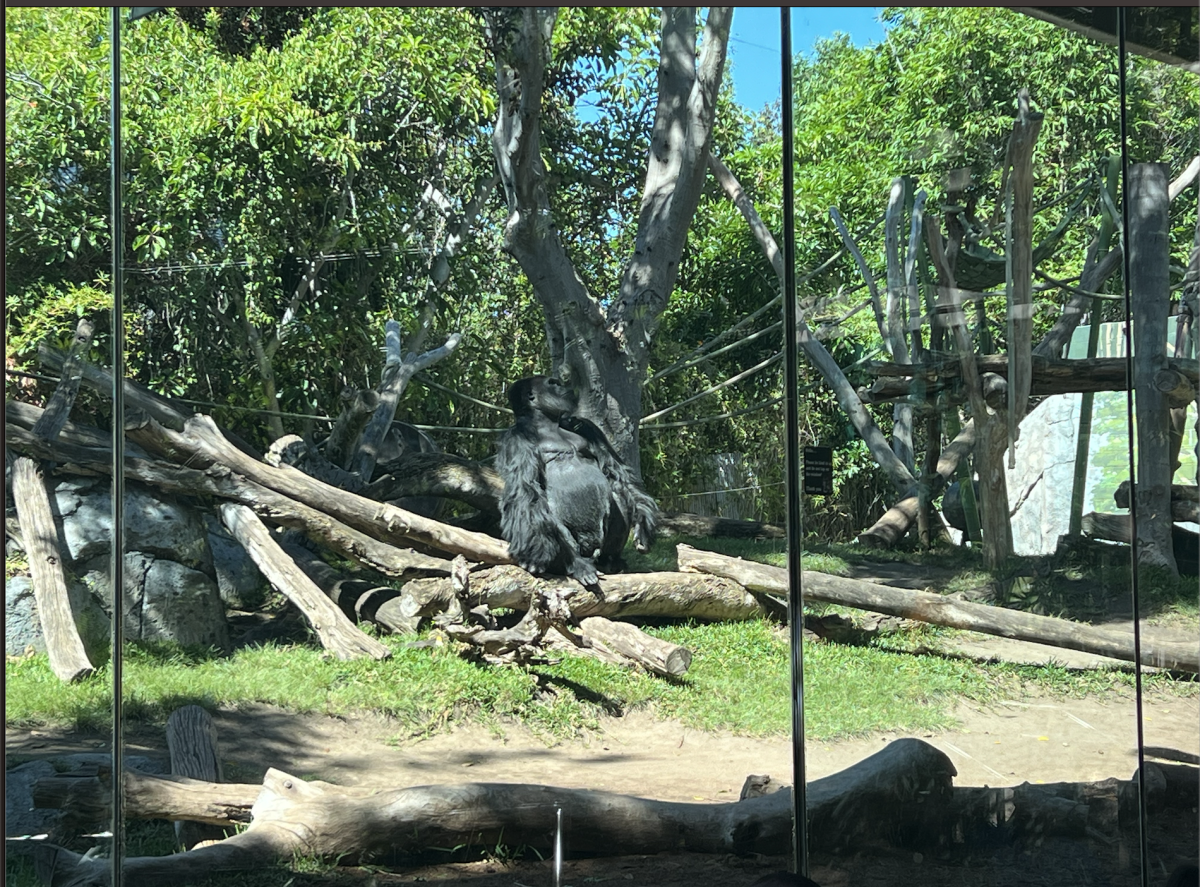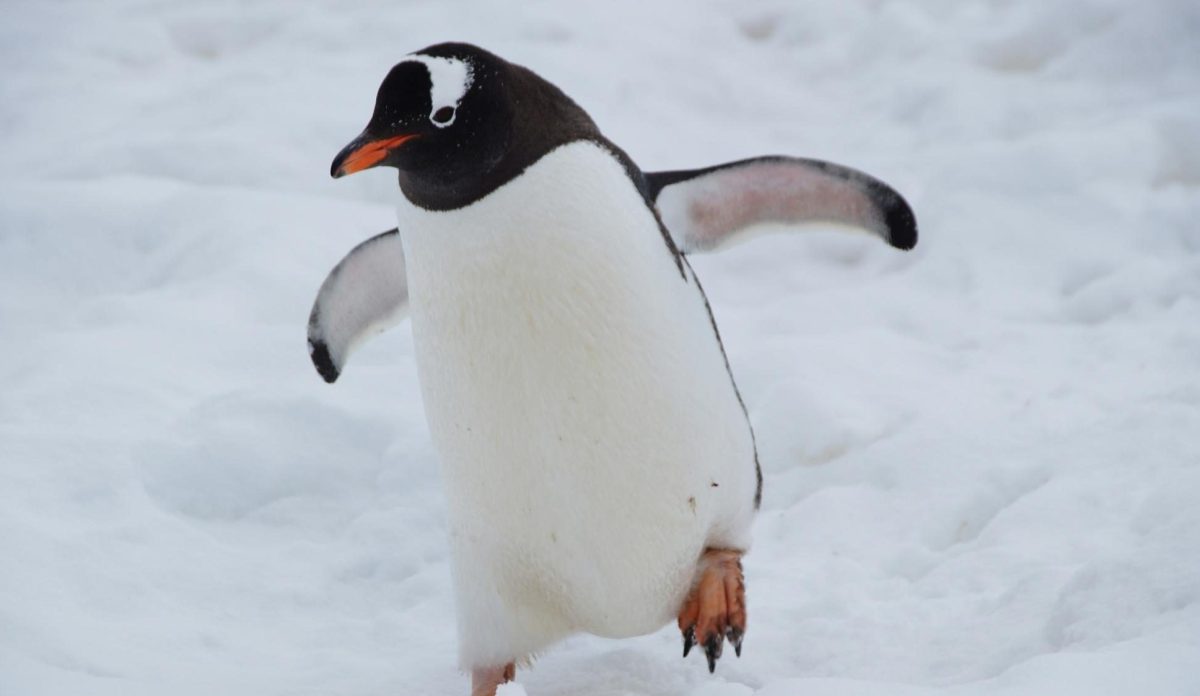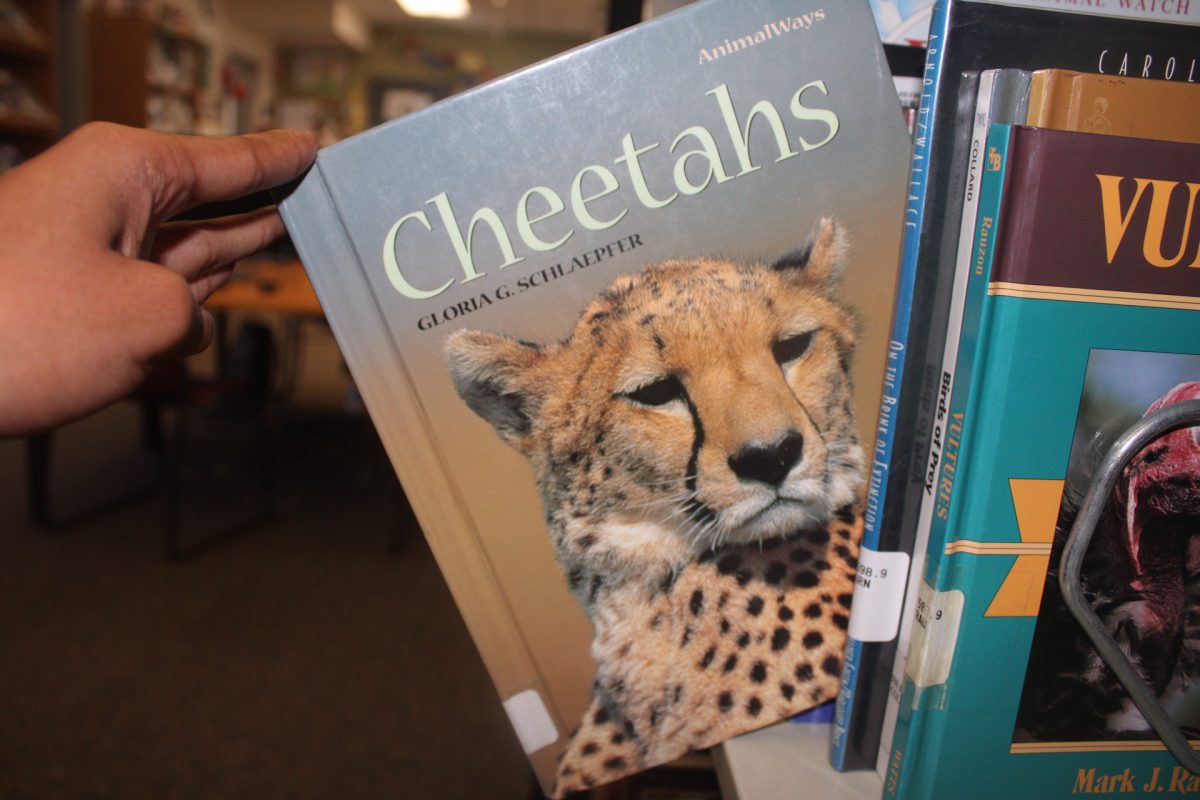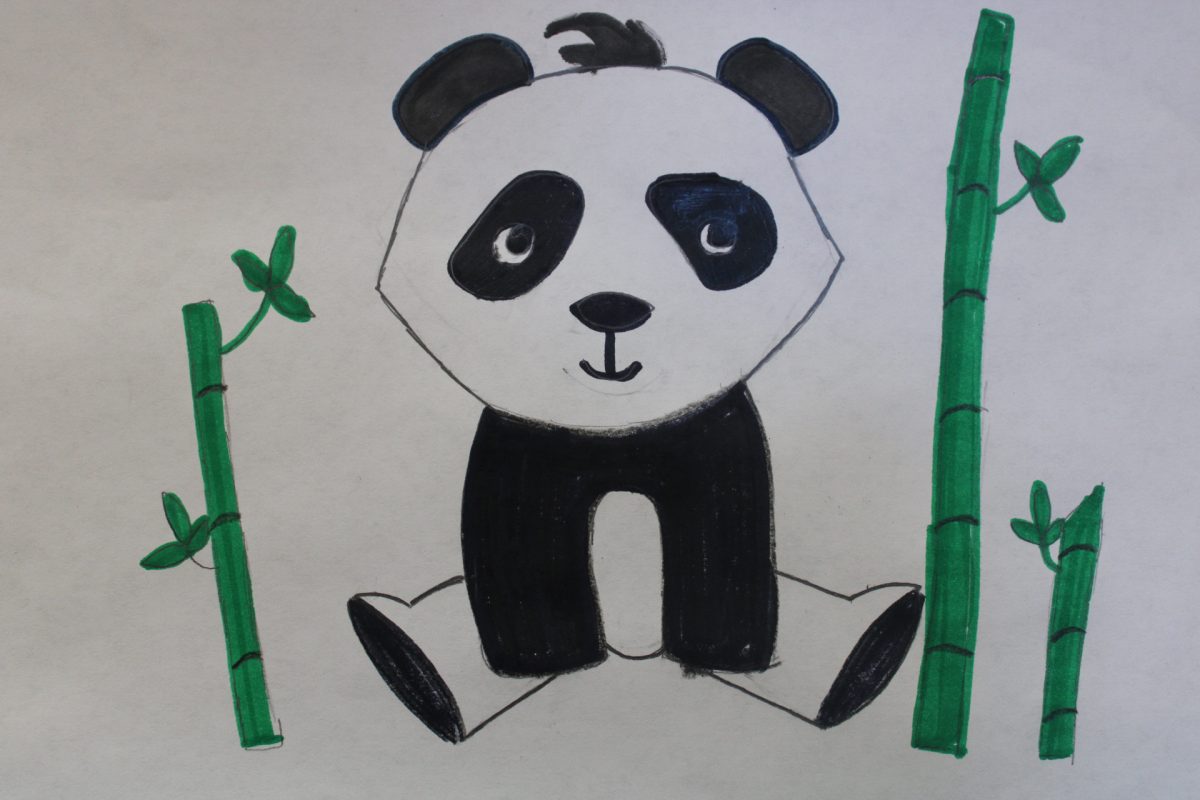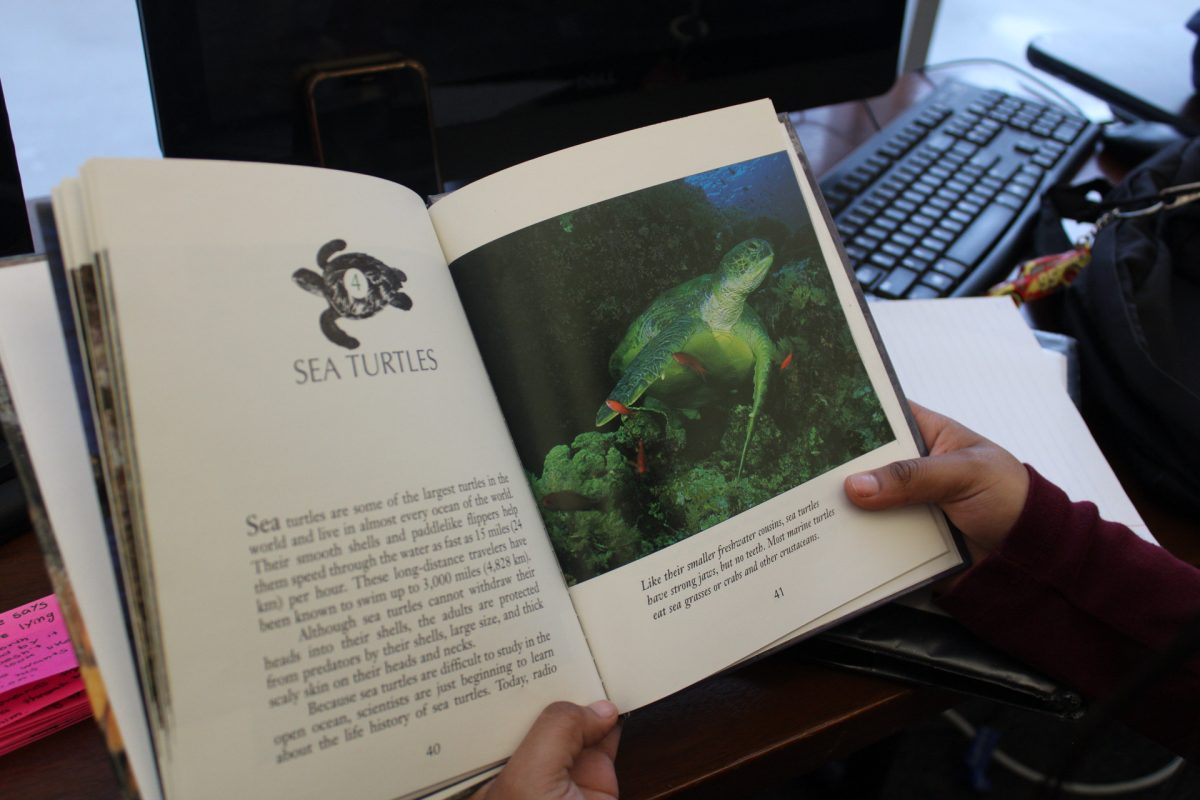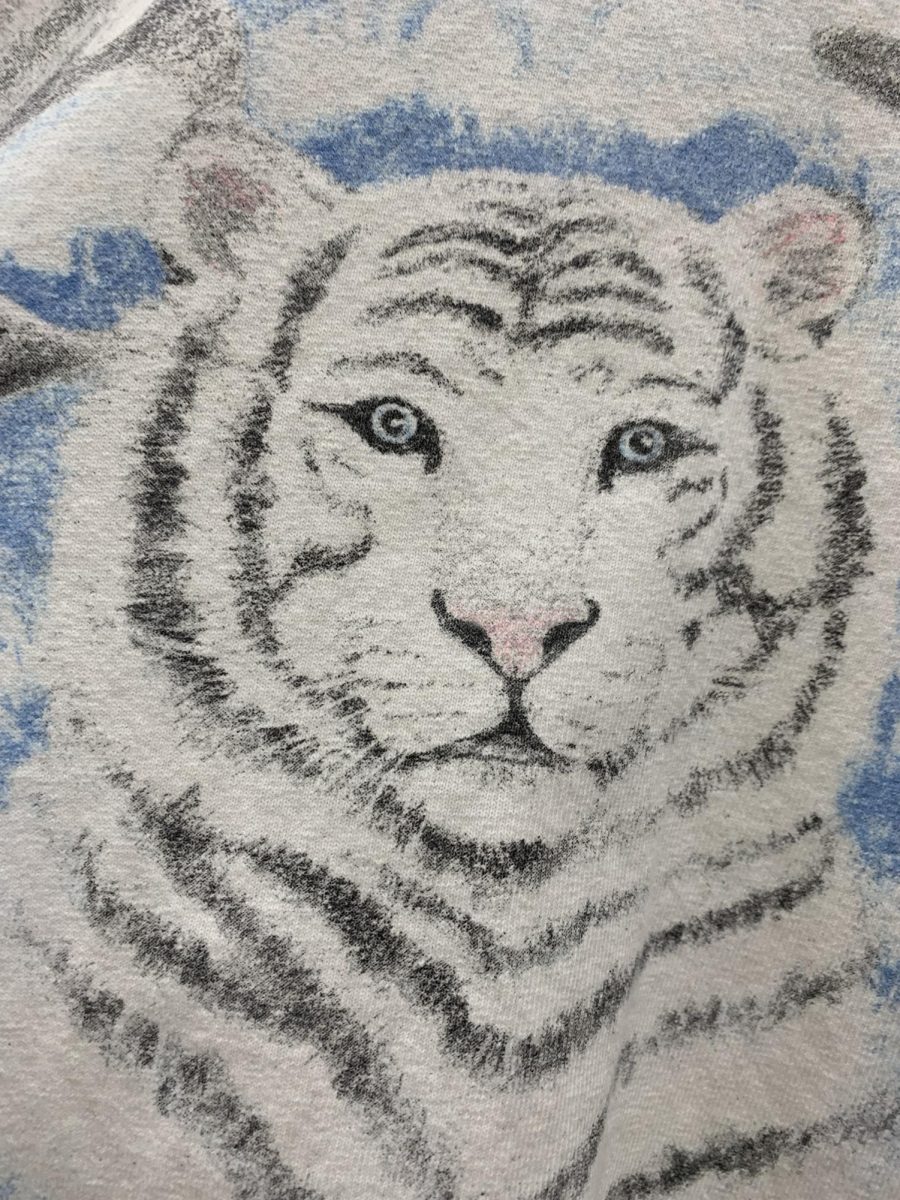A species of monkey called the Chimpanzee population is continuously declining. WAIT, a chimpanzee is not usually classified as a monkey; they are classified as an ape, right? Yes, that’s true. The best way to know whether a species is an ape or a monkey is by looking at their tails. If they have a tail, they are classified as monkeys; if not, they are apes. Chimpanzees do not have a tail, so they are apes.
These amazing creatures live in tropical forests, woodlands, and grassland forests from the Congo River to western Uganda and Tanzania. These apes are unfortunately classified as endangered and their population is continuously decreasing according to the International Union for Conservation of Nature (IUCN), an environmental union created in 1948. There are various reasons as to why this species is endangered such as habitat loss, poaching, and disease. Since the chimpanzee has such a low reproductive rate, it’s more difficult for them to make up for their rapidly decreasing population. Their reproductive rate is so low that it takes 14-15 years to create another breeding chimpanzee. Imagine how much a poacher is affecting their population just by killing one ape– it changes the trajectory of their entire population.
Surprisingly, the chimpanzee can catch multiple human diseases, most likely because we share 98.8% of DNA, they are at risk of catching Ebola, pneumonia, and SIVs. Ebola first spread to this species in 1994, in the Taï National Park, Côte d’Ivoire where 43 chimpanzees were residing, killing 25% of that small population. A bigger issue with Ebola being spread to chimpanzees is that they have less of a chance of survival than humans. The mortality rate for chimpanzees is 77% and for humans is 50%. At the Gombe Stream National Park, there was an outbreak of SIVs, similar to AIDs, that killed many of the chimpanzees residing in the park. At that same park, there was also an outbreak of respiratory diseases because they were in close contact with humans. To help these apes stay healthy and safe, there are various vaccines that are being tested to treat them. This might sound great because it means their population will increase but since their reproductive rate is so low, there is already a dent in their population that needs to be made up. And the Gombe Stream National Park is testing these vaccines on the chimpanzees so if it proves to be fatal, it could affect their population even more.
Another issue they face is habitat loss. In their habitat, humans have replaced chimpanzees’ homes with mines, oil extractions, and houses. As our human population grows, we need to make new developments and expand by creating houses and to create gas but these advancements not only destroy the environment but also put these animals at risk. The forests are essential to their survival because the trees protect them from predators, shelter them, and provide food. Imagine a home you have lived in for all your life is chopped up to pieces and you are treated like nothing right before your eyes. It may not seem like it, but chimpanzees create relationships, and families, have routines, their own lives, and above all have a heart and a brain that feel emotions just like us. Is there any sympathy for species that are just like us but simply have more hair on their bodies?
The final most threatening threat to their survival is when humans hunt them for their bushmeat, ape meat which is used as protein for humans.
According to the David Shepherd Wildlife Foundation, one chimpanzee is killed or taken from their home every four hours. As a society, we need to work together to save these intelligent creatures as various sanctuaries worldwide are doing and we also need to work as a community to advocate for their endangerment.
Want to save these creatures? Use this link: https://savethechimps.org/





